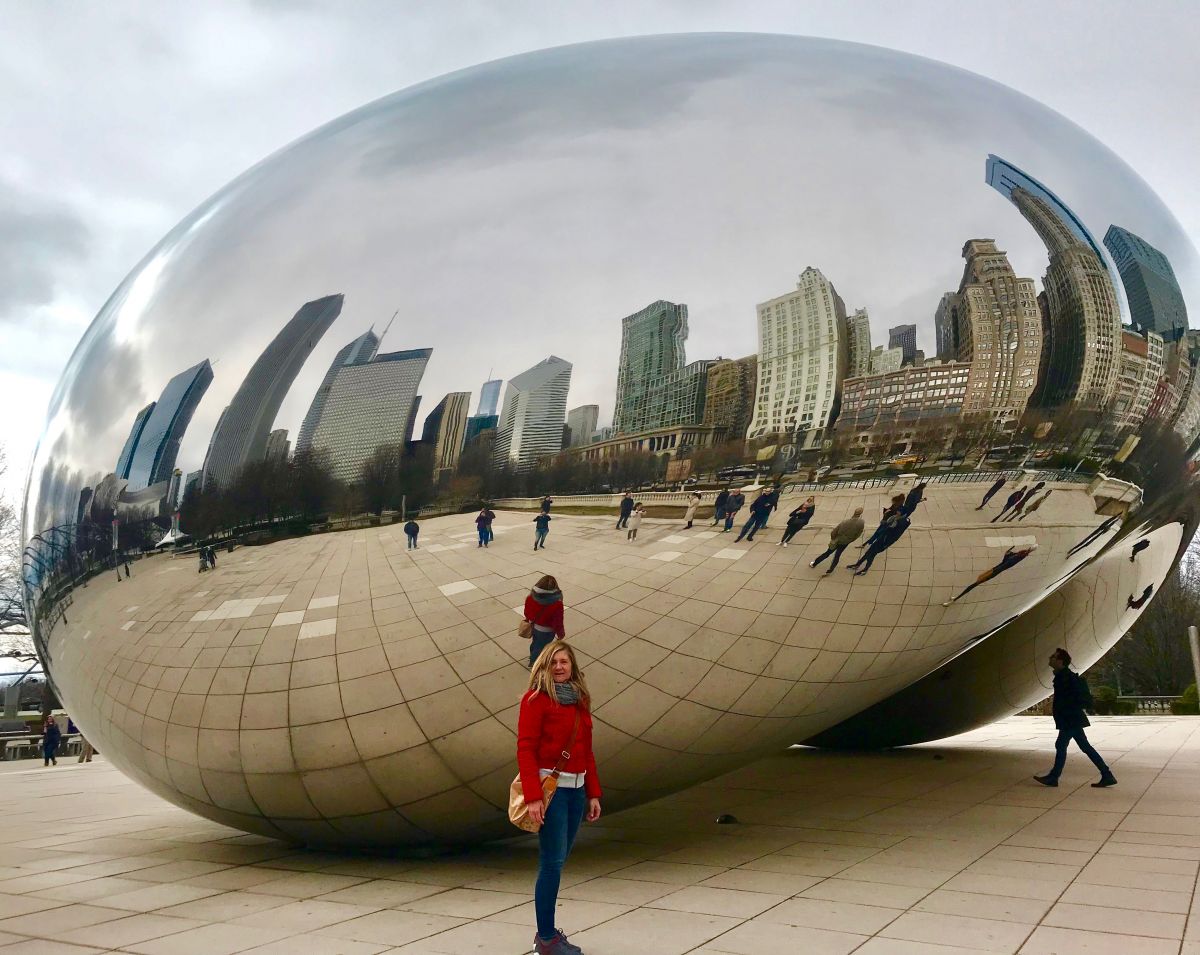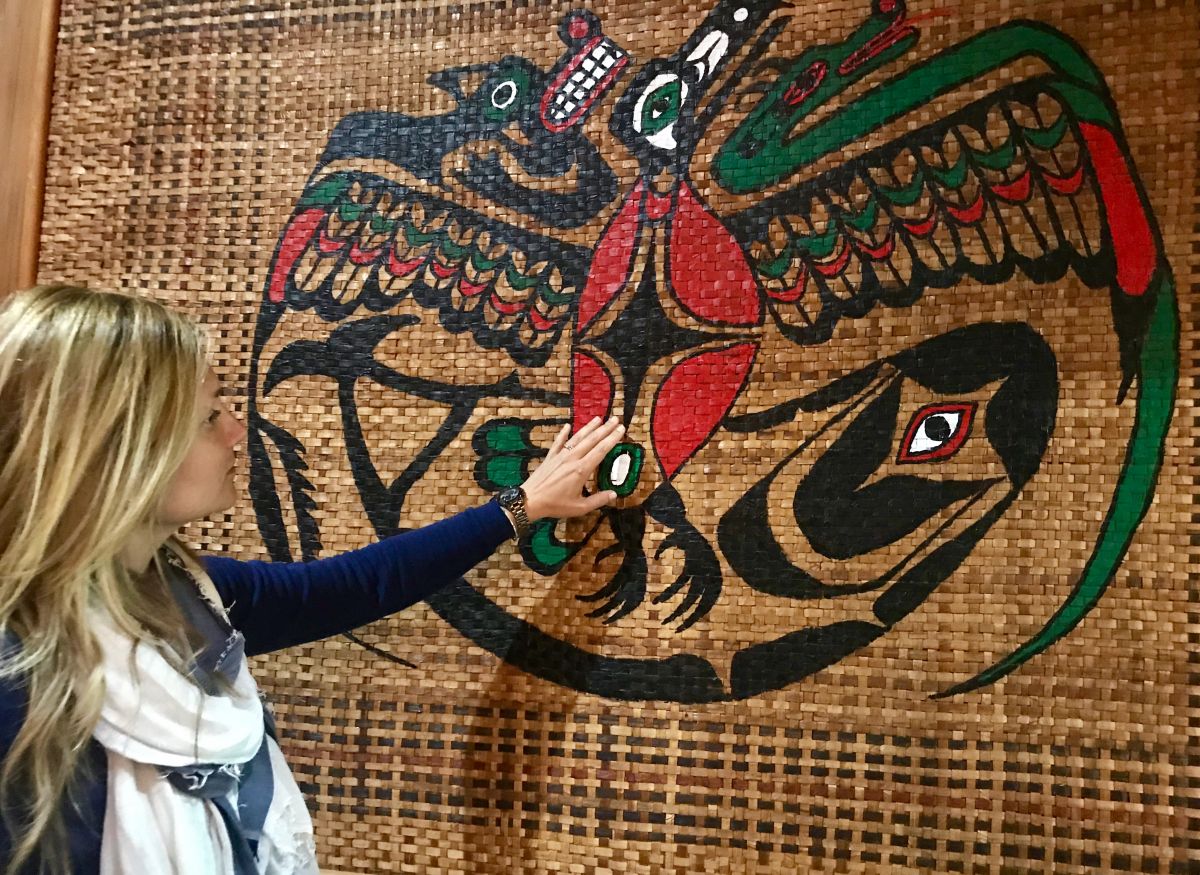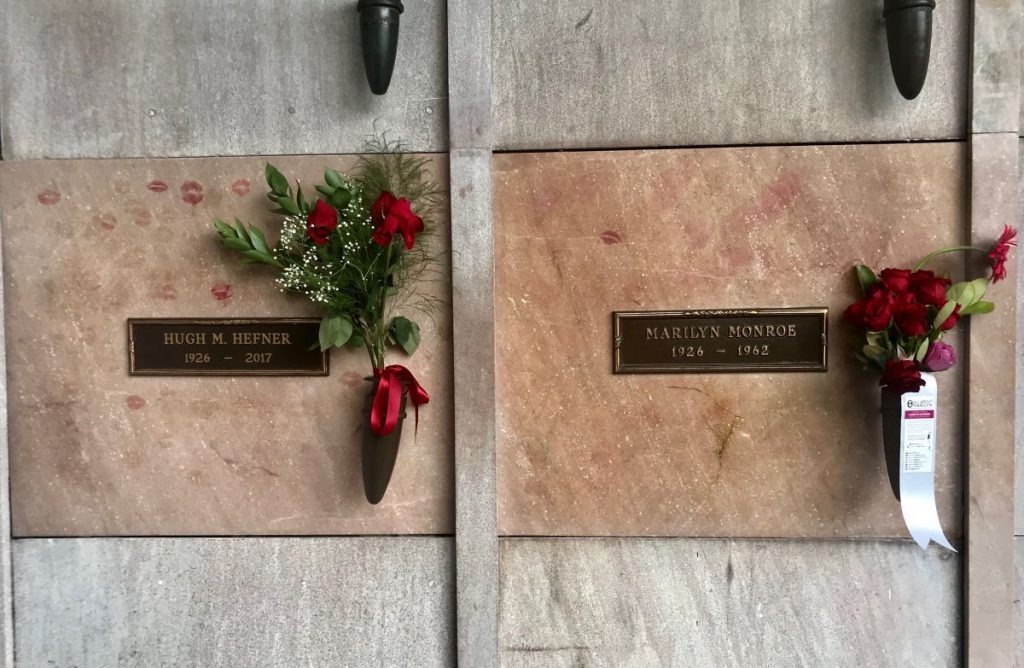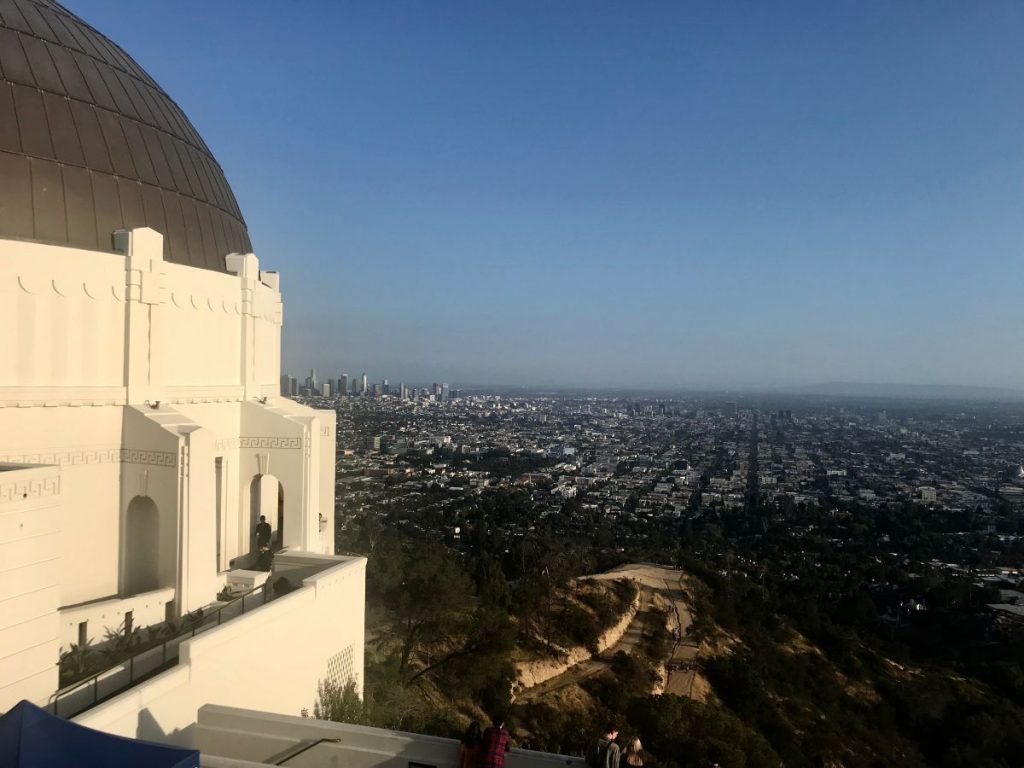


In Italian
“Then there’s the city called Los Angeles even though nobody can see what it might have to deal with the angels”
(Jack Kerouac)
What to see in Los Angeles, boundless, chaotic, difficult, unsettling – yeah, my relationship with it has always been of love and hate – and yet in traits charming and surprising?
It is able – like few other places in the world – to give me moments of pure beauty and of excess at the same time beyond every logical comprehension.
The web is full of suggestions about what to see in Los Angeles. We talk about one of the most coveted cites by Italian travelers, ideal starting point for a series of exciting on the roads discovering California and the big parks of South West, and yet, if you stop admiring it among the lines, it can offer even much more.
I want to tell you about 5 special places and short paths, for many people a bit unusual, too, I love particularly and that often aren’t part of the program of the tour – above all if yours is the first experience – but that tells a lot about Los Angeles, its thousands souls, its character, the many ethnic groups populating it, even about its incredible and charming past.
Are you ready to discover them with me?
120 years ago Venice was a marsh area flowing along the coastline to the north-west of Los Angeles.
Abbott Kinney, baron of tobacco, purchased the whole area and successively planned and made dig a system of navigable canals, with gondolas and gondoliers imported from Italy, so originating a completely American version (his own, of course) of Venice.
Today, Venice is one of the most lively and colorful coastal cities in California.
Many of the canals wanted by Kinney were underground, only a few ones can be admired, starting from Dell Avenue, while the social and cultural life of the community moved to the promenade and the near streets. Venice Boardwalk – the parallel street to the beach – is a downright human zoo populated by street artists, cyclers, acrobats, body-builders and definitely original characters.
One of the most suggestive paths to do – above all if you are fond of Street Art and Murals – is that one starting from Graffiti Park and that keeps going on many façades of Venice’s buildings, a project realized in collaboration with international street artists: it aims to educate and tell through color the multiculturalism, history and people of this corner of California.
Find here the traces and itineraries – continuously updated – of the tours to do completely alone, besides many other useful info as regards life and events scheduled in Venice.
The Getty Center is an about 500.000square meters architectonic facility located in the heart of the Santa Monica Mountains, including the famous and very rich Getty Museum, a research center, several centers dedicated to the preservation of artworks, an internal body regarding the assignment of scholarships for history of art students and a series of wonderful gardens changing in composition and decorations according to the seasons change.
The Museum offers the visitors – free – the chance to admire and study the whole art collection of the millionaire John Paul Getty (besides an amazing view of Los Angeles).
I mean a stunning permanent collection of works from the Renaissance until the Post-Impressionism – Tiziano, Rembrandts, Monet, Manet, Van Gogh (his “Iris” alone worth it admittance and tour), as for quoting some of the authors present – and a series of temporary exhibitions tied to different artistic periods, organized thanks to loans or agreements with other world famous museums.
If you are art lovers reckon to stop for the whole day (it will fly by, take my word for). Admittance to the museum is – as I wrote above – totally free. $15 daily parking, $10 after 3p.m.
If you have more time and are classic art lovers, you can reach Malibu in 10 minutes about by car to visit the original dwelling of J. Paul Getty, known as Getty Villa. The building, which reproduce faithfully Villa dei Papiri in Ercolano, includes one of the most beautiful collections of Greek, Roman and Etruscan art outside Europe.
Free admittance. However, it is advisable –due to the attendance – to book the tour (specifying the number of participants) at least one week before on the official website.
$15 daily parking, $10 after 3p.m.
Try to imagine a rectangle of l and, a place of peace and eternal rest completely incorporated by skyscrapers and the Westwood constructions, so absorbed that it is difficult to find the entrance: it is hidden in an anonymous side street of Glendon Ave (at street number 1218), immediately before the crossroads with Wilshire Blvd.
The Westwood Village Memorial Cemetery hosts the graves and the tombs of some among the most famous American actors and artists of 1900, starting from Marilyn Monroe’s one. Today next to her, the Playboy’s “king” – Hugh Hefner – is buried. He purposely purchased the really expensive tomb next to her in order to… “spend the eternal life near the most beautiful woman in the world”.

What to see in Los Angeles: Westwood Village Memorial Cemetery, Marylyn Monroe’s grave and Hugh Hefner’s one
After Joe di Maggio – former beloved husband of Marylyn – chose to bury here her coffin, the Westwood Village Memorial Cemetery became one of the most coveted places for “the eternal rest”, so little by little it became object of interest (and tombs’ purchase) for actors, female stars, millionaires and artists.
Besides Marilyn Monroe, also Billy Wilder, Jack Lemmon, Walter Matthau, Dean Martin, Peter Falk, Gene Kelley, Natalie Wood, Frank Zappa, Burt Lancaster, Truman Capote and many other ones are buried here.
Click here to view the complete list and the map to visit the cemetery alone.
A short itinerary on foot, about an hour to enjoy some historical places, very local, of Downtown Los Angeles that not many people know.
Let’s start from the huge Union Station, the old railroad of the city (it dates back to the 1930s): inside it – a mix of Spanish and Moorish style – many successful movies and TV series were shot. Then follow with a stop at El Pueblo de la Reina de Los Angeles, a national monument including some of the most ancient buildings of the city, the Old Plaza Church and the Avita Adobe, and the colourful and cheerful Olivera Street, in full Mexican style.
Then you can keep going towards the Los Angeles City Hall, the ancient City Hall built with sand coming from all the counties of California and the water of its 21 original Spanish missions. Inside it, there’s a wonderful dome covered with baked clay tiles, famous for its perfect acoustics, while outside there’s an iconic 28meters tower, over time become the symbol of Downtown and used as seat of Daily Mirror in the “Superman” TV series.
Last stage, the Grand Central Market, a sort of food market dating back to 1917 where you can buy local fresh food or coming from the most different countries. And – why not – stop to have lunch with locals.
From here you can easily reach some of the most iconic locations of Downtown, like the Museum of Contemporary Art and the Walt Disney Concert Hall.
Griffith Park is a boundless natural reservation spread on about 20square kilometers of hills, valleys, woods and lawns.
It was a gift from the baron Griffith J. Griffith at the end of the 1800 with the aim to “offer everyone a place of peace and relax at the door of a more and more rowdy and crowded Los Angeles”.
Inside it there’s the Griffith Observatory which is the seat of the Zeiss Telescope (it can be visited also by night), a Planetarium, a Hall of Science and of a small dedicated Museum – besides giving one of the most suggestive views (and sunsets) of the city and of the Hollywood Sign. Free admittance.

What to see in Los Angeles: Griffith Park and Griffith Observatory, the view of Los Angeles at sunset
If you have time to dedicate to the exploration of the area, don’t forget to reach the Greek Theater, a sort of “Greek” Amphitheater included in a fairytale landscape, where in Summer classic and pop music concerts take place. And reckon a stop at Griffith Park Carousel to admire one of the most ancient carousels in the country, dating back to 1926 and perfectly working.